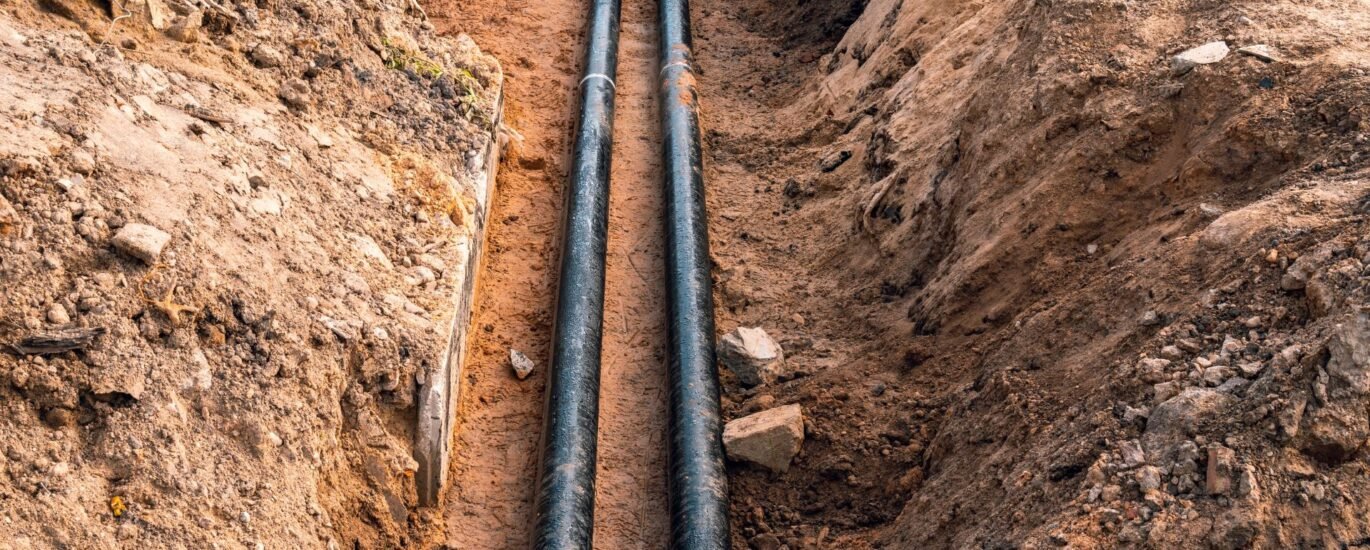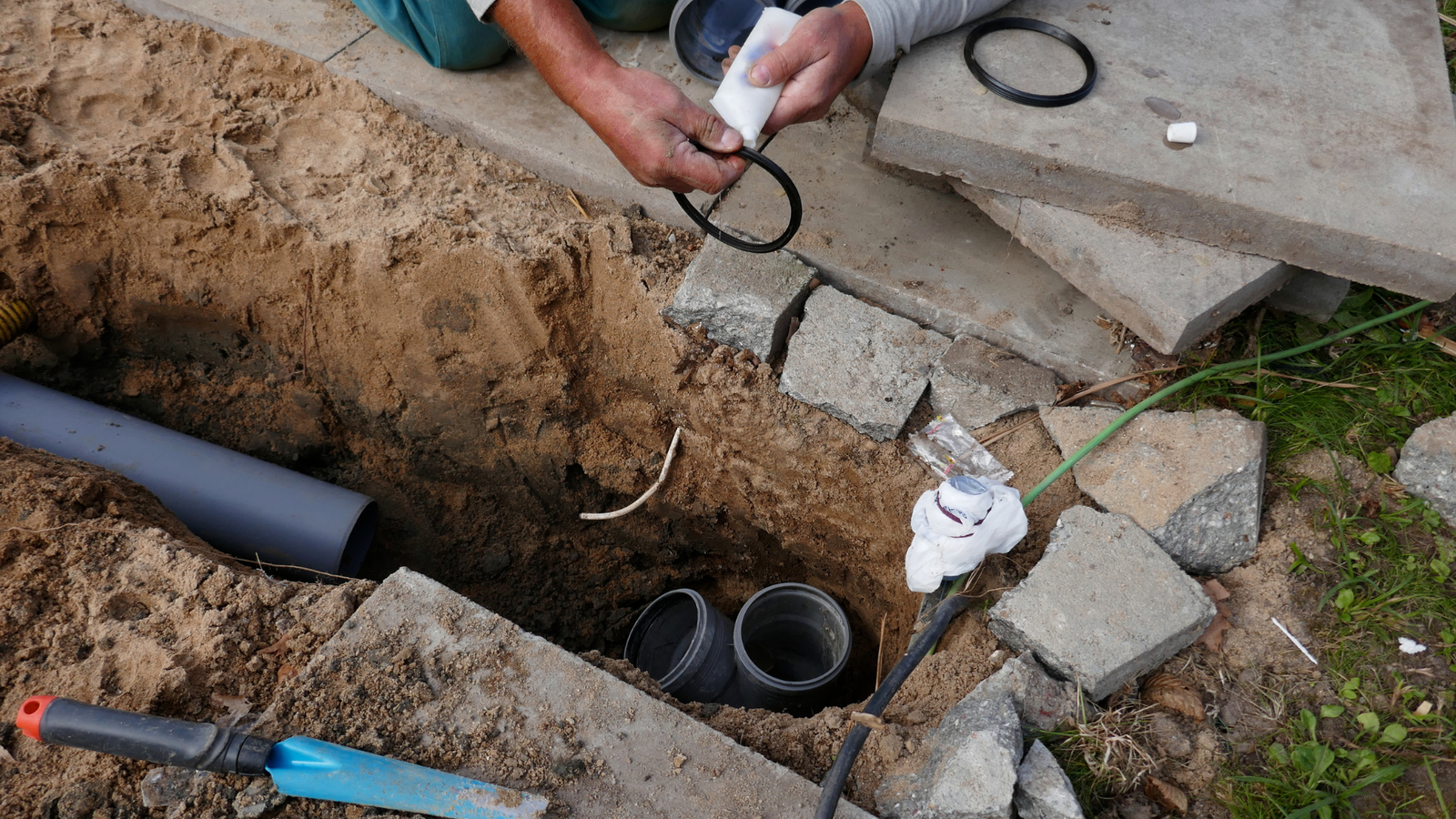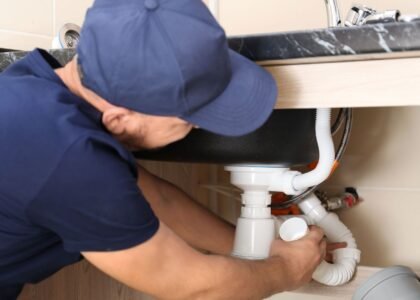Introduction
If you’re reading this, you’re probably wondering whether that persistent drip or sagging section of plumbing warrants a full pipe replacement. The truth is: many homeowners delay replacement until damage becomes severe, and that can cost more in repairs, water damage, and headaches. In this post, we’ll walk you through when to replace your pipes, what risks you face by delaying, and how to plan the process smartly.
Signs You Need to Replace Pipes (Not Just Repair)
Here are some red flags that a repair is no longer sufficient:
- Recurring leaks or cracks along multiple points
- Rust, corrosion, or scaling visible on pipe surfaces
- Discolored or metallic-tasting water (brown, yellow, or red tint)
- Low water pressure that doesn’t resolve with cleaning or flushing
- Multiple pipe materials in old homes showing mismatches and deterioration
- Frequent repairs in the same zones
- Strange noises (hammering, whistling) or pipe movement
- Age: older plumbing systems (50+ years) may be near end-of-life
Why Delaying Pipe Replacement Can Cost You More
- Hidden water damage can ruin drywall, flooring, and framing.
- Moisture trapped inside walls breeds mold and mildew.
- Frequent patch repairs quickly add up to more than a full replacement.
- Old pipes reduce efficiency, lower pressure, and leach contaminants.
- Burst pipes underground or in slabs can damage foundations.
- Emergency failures cause more disruption than planned projects.
What Goes Into a Pipe Replacement Project
Replacing your pipes requires careful planning:
- Assessment & inspection with video tools to map problems.
- Choice of materials such as copper, PEX, or PVC depending on needs.
- Installation method can be open-cut replacement or trenchless techniques.
- Timeline includes water shutoff, installation, inspection, and restoration.
How to Minimize Disruption & Maximize Value
- Schedule projects during remodels or low-occupancy times.
- Use trenchless technology where possible.
- Work in phases to keep part of the home functional.
- Communicate with residents about downtime.
- Document installation for future maintenance.
Next Steps
If you’re leaning toward a full replacement, the best next move is to consult a trusted professional. Learn more on our page: Expert Pipe Replacement Services in Long Beach CA.
When you’re ready to begin, reach us through our contact page.



